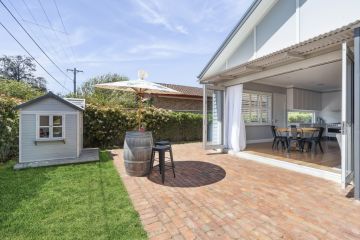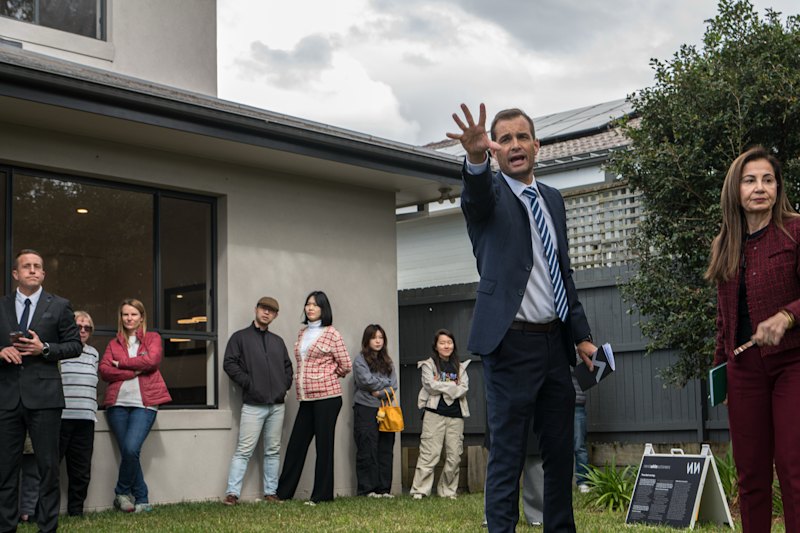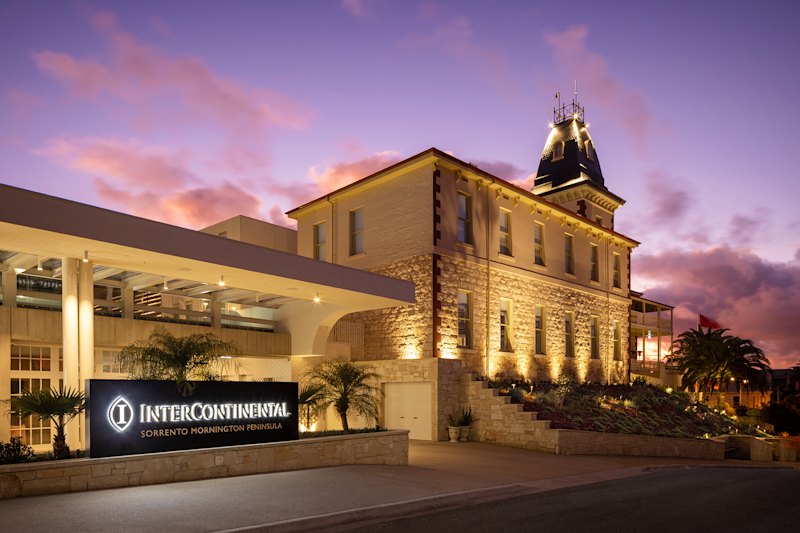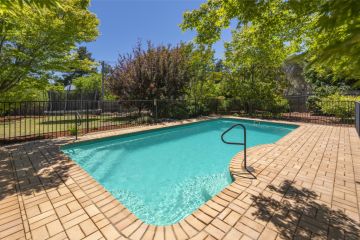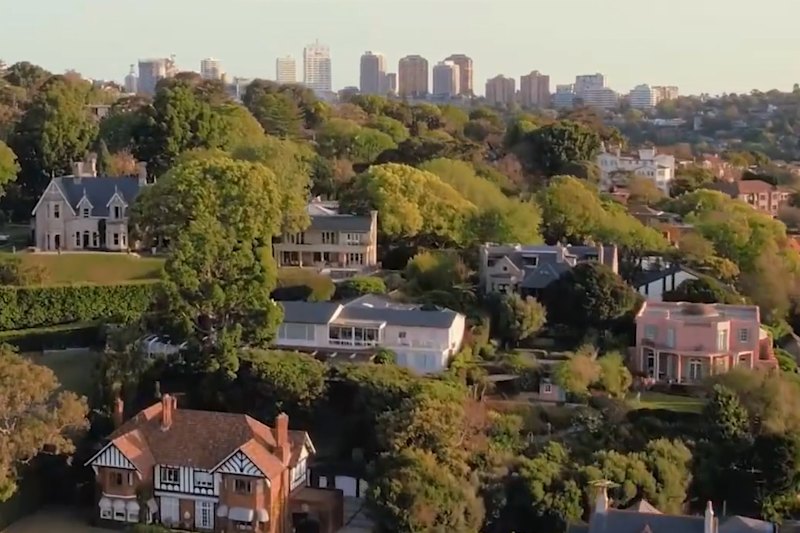Lang Walker, property's $4.6b man, tips masterplanned communities as the next boom
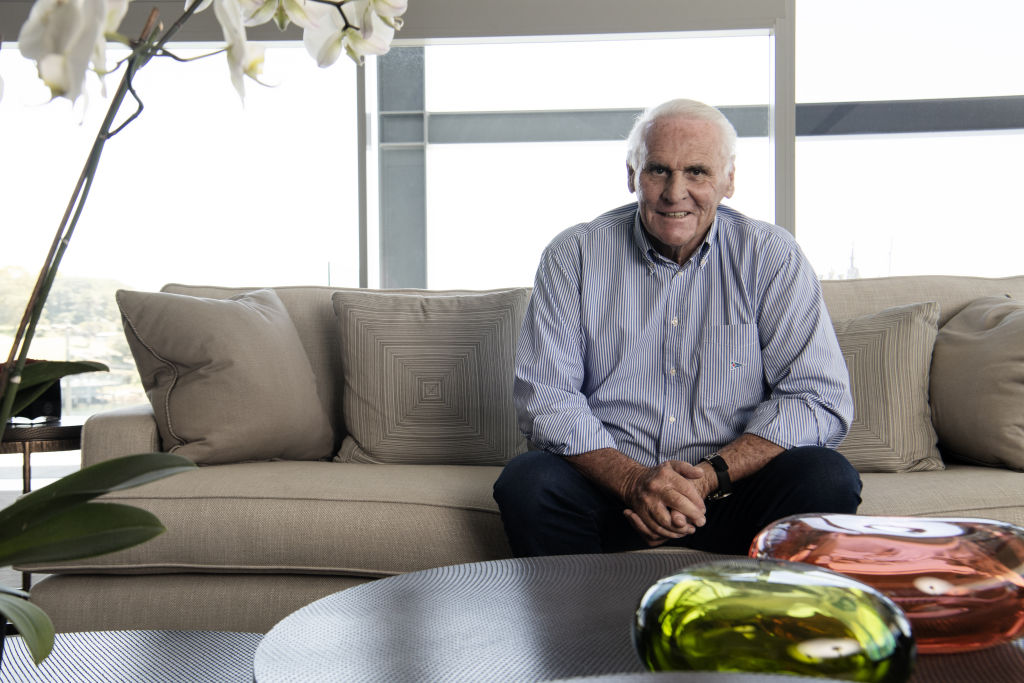
He’s the one person who predicted the last big three price plunges of the Australian real estate market so when billionaire developer Lang Walker talks property, everyone listens.
And what’s his hot tip for the future? It’s not so much stand-alone houses or apartments; it’s masterplanned communities with their house-and-land packages that he believes are shaping up for a boom.
“The apartment market is over-supplied but I believe greenfield areas are under-supplied,” says the Walker Corporation executive chairman who’s built some of the country’s most successful apartment developments in the past, including Sydney’s Woolloomooloo Finger Wharf, Walsh Bay and King Street Wharf, and Hope Island in Queensland.
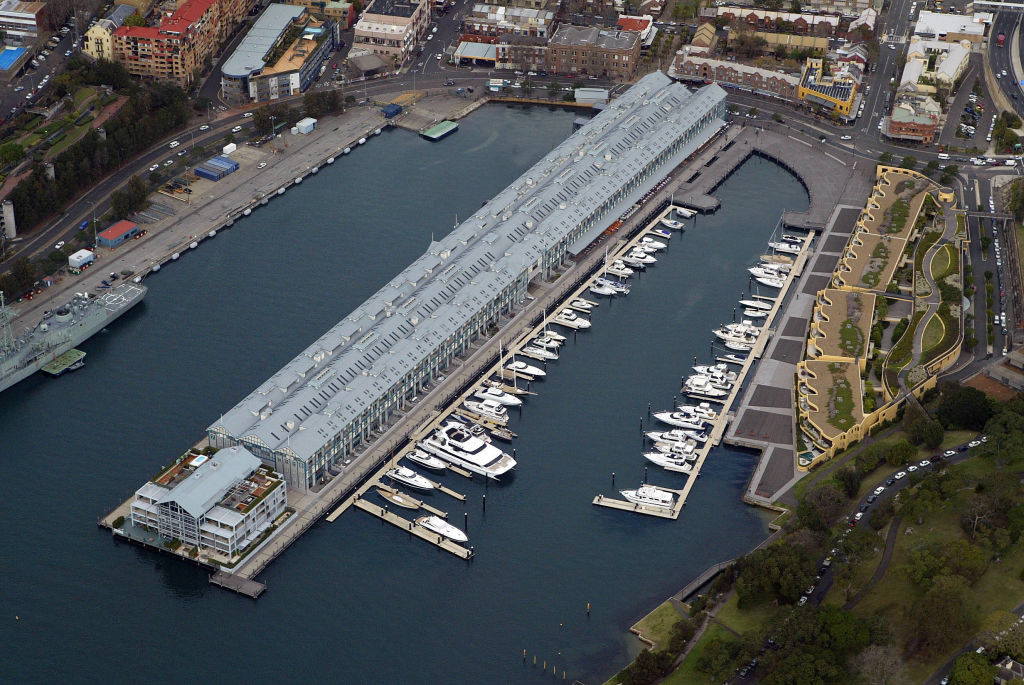
“Green field areas are undersupplied by a heck of a lot. House-and-land packages around commercial centres, where you might also put townhouses, slightly higher density than just houses, is where the shortages are. We’re not rolling homes out there fast enough.
“There’s a critical undersupply in Sydney and in Melbourne, which is more spread out – they have been rolling out the numbers but they’re now coming back a little so we will still need more. There will be a shortage coming up there, too.”
Mr Walker, 73, now has around 30,000 land-and-house blocks under development around Australia, including the 27-hectare site east of Melbourne’s CBD, Main Drive Kew, with 281 new homes; the 33-hectare, 336-land blocks Appin Valley in Sydney, 15 minutes from Campbelltown; and Bluestone at Mount Barker in the Adelaide Hills.
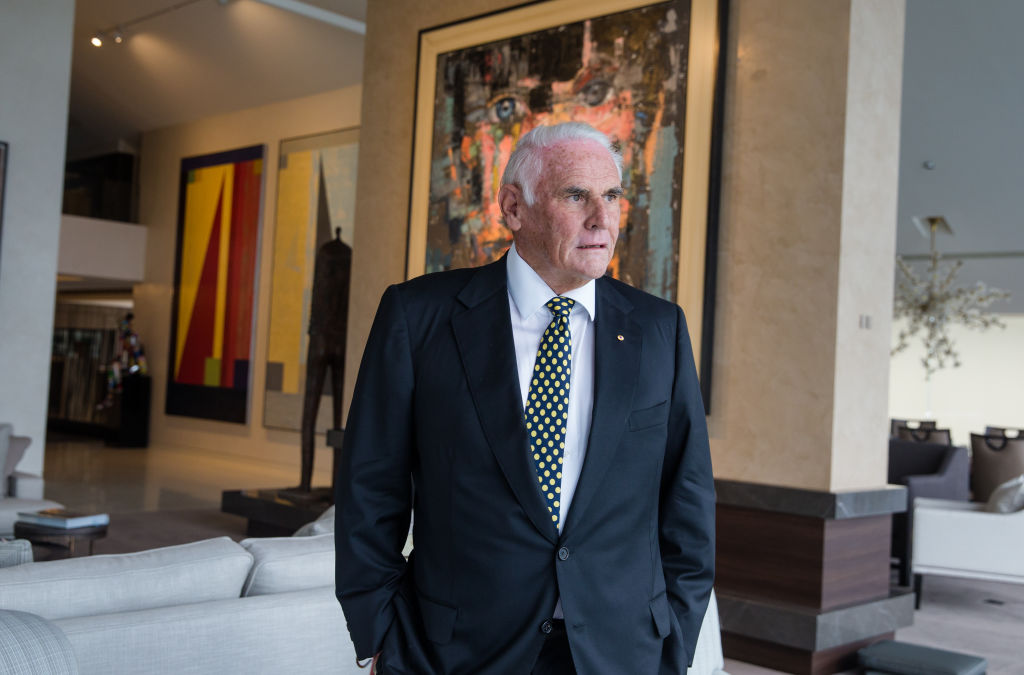
He isn’t afraid to go up against others’ forecasts that the future is in apartments, with units only over-supplied in certain areas of our cities, leaving serious shortages elsewhere.
But Mr Walker, who’s just risen to number 14 on the Australian Financial Review’s annual rich list with an estimated fortune of $4.67 billion – up 34.6 per cent from last year – is adamant that buyers are looking further afield.
“There is now huge demand from young families in south-west and north-west Sydney, for example, who aren’t looking for the big blocks and big backyards of the old days, but are looking at blocks of 400 to 500 square metres, some down to 300 square metres,” he says, sitting looking over the ocean from his own award-winning luxury island resort, Kokomo Private Island, that he built in Fiji and where he loves to take time out.
“Now those old-time big blocks have been cut into three, and designed so there’s no wasted space with, perhaps, even a granny flat over the garage. There are a lot of clever, much more creative designs now as land is so expensive, and transport is really improving for greenfield sites.”
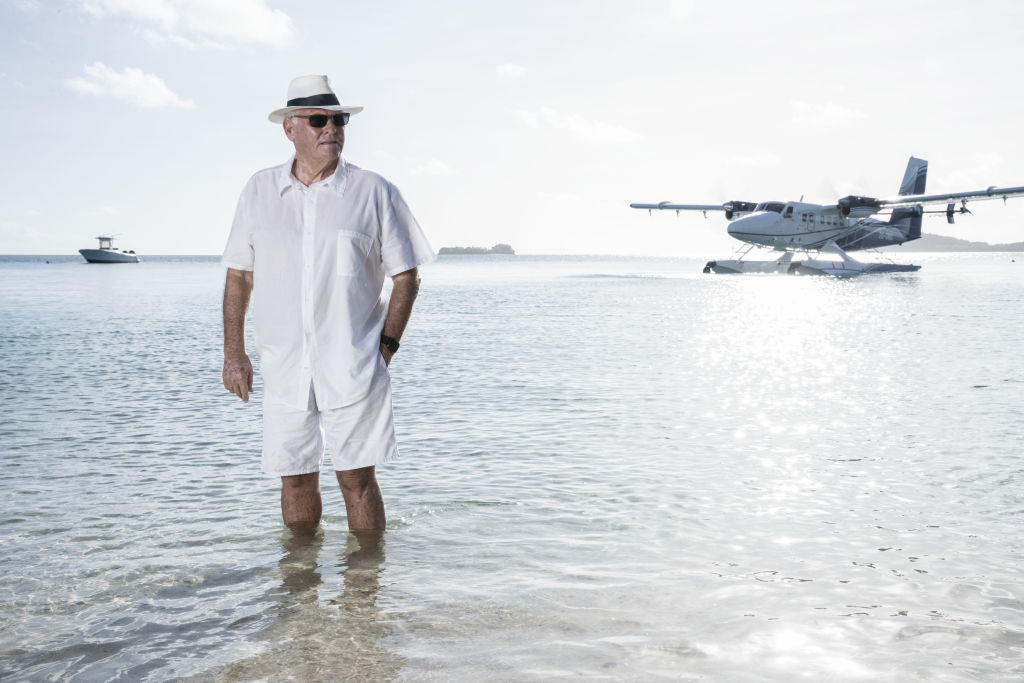
In Sydney, the new rail lines, light rail, bus corridors, the new airport and proposed airport orbital are all making those sites much more accessible now, he believes, with huge population growth projected in those growth corridors.
Along with that is the provision of much more amenity, like good landscaping, bike paths, running tracks, sports clubs, centres and teams – like the just-announced new A-League football club Macarthur FC to play in the 2020-21 season.
It’s hard to argue since Mr Walker seems to have an unbeatable instinct for what’s about to come next, too. Just before the dot.com crisis slugged the world in 2001, he sold his company Walker Corp to rivals Australand, making a mint on the sale and later buying it back. Then, in 2006, he sold it again to another rival just before the GFC hit in 2008, and later took it back yet again.
And finally in 2017, he converted all his apartment projects to commercial office towers, just before the latest slump in residential apartment prices, and before the boom in commercial.
He’s now just finished the $3 billion, five-tower complex Collins Square in Docklands, Melbourne – Australia’s largest commercial mixed-use development – and has another $3 billion project underway in Parramatta Square in Sydney, with four towers.
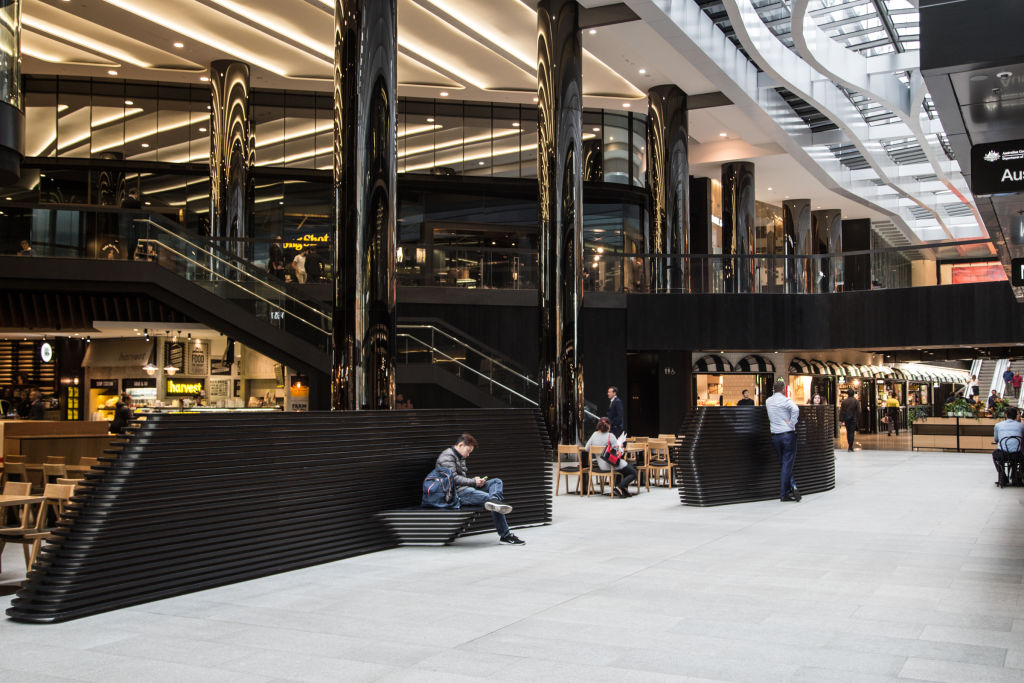
“I think there was a fair bit of luck there, as well as gut instinct and common sense,” says the man who also refused to calculate changes in negative gearing into his projections because he was adamant, in yet another prophetic prediction, that Labor mightn’t win the last election.
“You can see the signs. People start doing silly things and you get a feel for when things are becoming a bit wobbly.
“You could see things getting crazy leading to the 2008 GFC and more recently people were paying too much for sites. Two years ago, I decided to get out of the apartment market because I could see it was beginning to get oversupplied in Sydney, Melbourne and Brisbane, and I converted towers in Parramatta and Brisbane to commercial. I will go back into apartments one day, but not yet.”
There have been plenty of analysts who’ve questioned Mr Walker’s decisions in the past. When he came up with the idea of developing Rhodes Waterside in Sydney, and the Broadway Shopping Centre, for instance, “They said I’d lost my marbles,” he smiles. “But they worked out well too.”
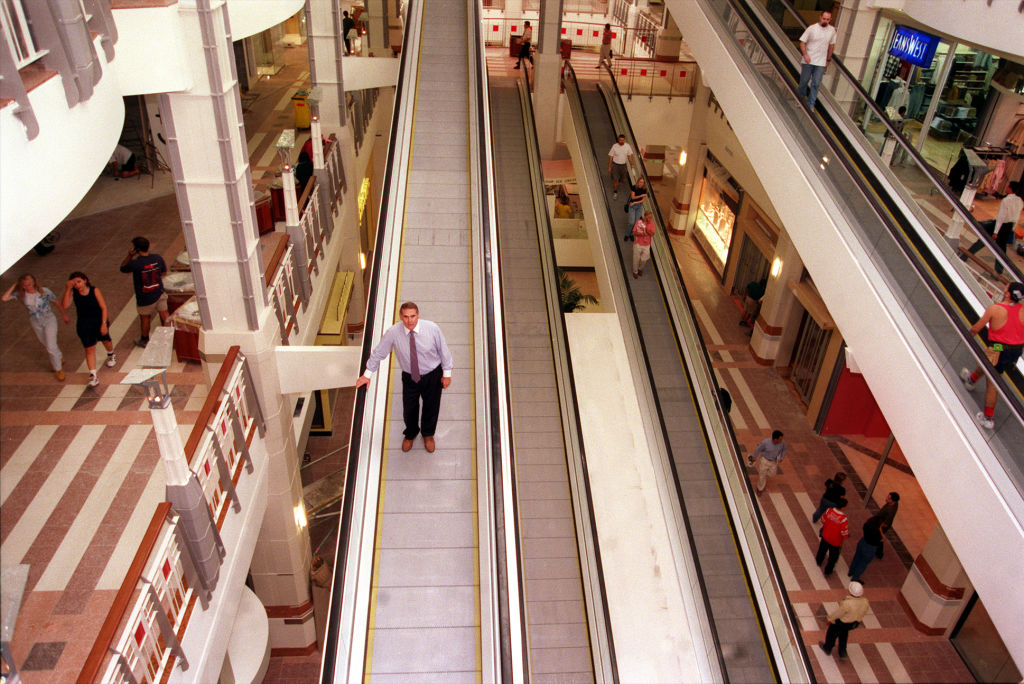
His fearsome reputation as a tough negotiator isn’t really deserved either, he insists. Some recommend that, after shaking his hand, you should count your fingers. “And somebody once described me as having anti-freeze in my veins,” he chuckles. “But I’m a bit of a softie, really. That’s just an image that’s portrayed of me. It’s not real.”
What is real is the pride he has in all his projects, and the passion he’s now investing in masterplanned projects of house-and-land packages.
“We’ve always believed in creating communities,” he says. “And now we’re now place-making in these new residential areas, where there are also commercial and industrial centres, and looking at how you link people and work together. That’s what people are looking for today.”
We recommend
We thought you might like
States
Capital Cities
Capital Cities - Rentals
Popular Areas
Allhomes
More
- © 2025, CoStar Group Inc.
